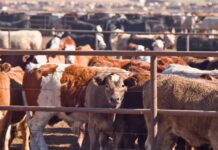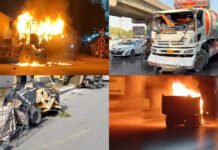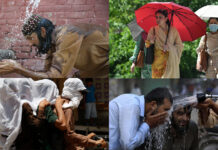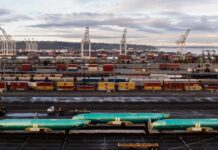Southern California is afire, and raging wildfires ravage the Los Angeles area with unprecedented ferocity, destruction, and emphasis on worsening climate change. The flames have killed some, burned down hundreds of structures, and driven nearly 180,000 residents from their homes. Climate experts identify “climate whiplash” as a driving force behind this intensification.
What’s Climate Whiplash?
Such climatic fluctuations are called “climate whiplash.” For example, California experienced nearly a century of drought, followed in recent years by two consecutive wet years (2022-2023). The wet period allowed grasses and shrubs to grow profusely, creating much fuel for the wildfires; meanwhile, by the fall of 2024, the region swung back into arid conditions, and fire-prone fuels dried out.

Scientists from UCLA, led by Daniel Swain, reveal that climate change has increased the likelihood of these whiplash patterns globally by 31-66% since the mid-20th century. The warming atmosphere, which can hold and release more water, exacerbates both flooding during wet periods and drying during droughts. This “expanding atmospheric sponge” intensifies fire risks, creating a vicious cycle of growth and desiccation.
Rising Fire Risks in a Warming World
For every degree that the global temperature warms, it takes up and releases 7% more water, meaning droughts are drier and floods are wetter. Los Angeles has been dry enough since October, that is, less than 0.16 inches, over four inches below average that wildfires need.
This year’s fires are more extreme due to California’s terrain and fire-friendly vegetation. Steep terrain encourages the rapid spread of fires, while shrubs and grasses, which have an evolutionary adaptation to fire, burn readily.
Swansea University’s Professor Stefan Doerr points out that wildfires are a natural phenomenon, but climate change has dramatically extended the fire season and intensified fire weather globally. However, he added that pinpointing individual fires to climate change demands a close analysis.
The Wider Consequences
Researchers believe that climate models may understate the volatility associated with global warming. A 3°C increase in temperature, which is well within the realm of possibility, could double these extreme events, increasing the dangers of floods and fires.
Read More: Los Angeles Declares a State of Emergency Due to a Wildfire
California’s wildfires are a reminder of how climate change amplifies natural disasters. As conditions deteriorate, regions around the world need to gear up for longer fire seasons, increased volatility, and the urgent necessity for integrated climate action.
Stay tuned to Brandsynario for latest news and updates










































